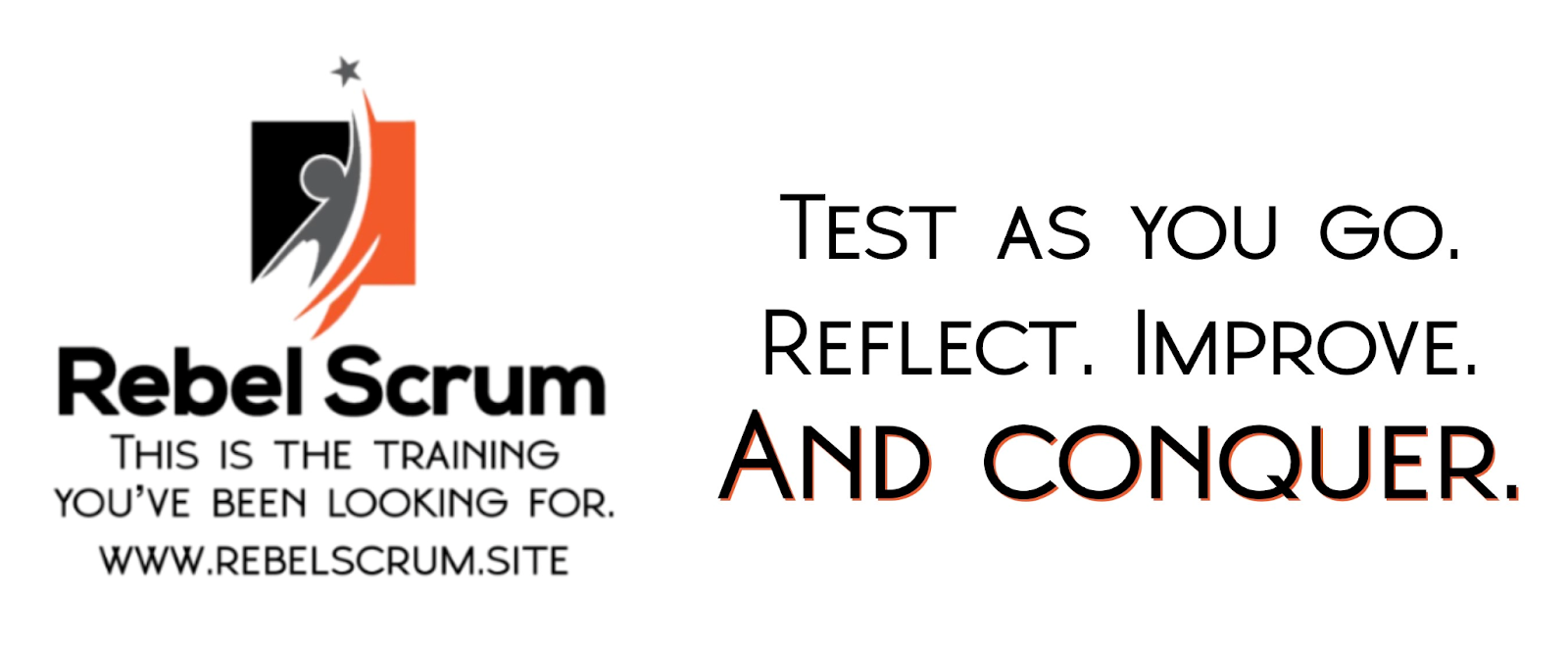The Agile Manifesto (penned in 2001) includes four values and 12 principles that describe a new approach to complex work. Agile is an umbrella term comprising a variety of frameworks and approaches to value delivery, including Scrum. Previously, we discussed the 12 principles included in the Agile Manifesto and how they play out in the real world. Here, we turn our attention to each of the manifesto’s four values.
Related: For a discussion of the five Scrum values, read The Scrum Values and the Real World.)
1. We value individuals and interactions over processes and tools.
To me, this value means that people and how they interact and work together are more valuable than any defined process or tools they use. Individuals come first. Is communication between people clear? Are the teams working well together? The answers to these questions trump those regarding whether the team followed the “right” process or completed the requirements document correctly.
This value reflects that agile frameworks, including Scrum, are used in complex environments where more is unknown than known. When the work is complex, Scrum Teams must determine the best way to work together, creating the processes and procedures that work for them, and discarding the processes that aren’t serving them well. A Scrum Team’s focus is on working together to meet goals, not complying with processes or tools for the sake of doing so.
2. We value working software over comprehensive documentation
Teams using traditional software development methods sometimes emphasize creating beautiful requirements documents or technical specifications. While these documents can be helpful in certain situations, agile teams place more focus on delivering a working product. Anything that helps the team to achieve that goal is beneficial. Anything that does not help the team to deliver that goal is not.
This value does not suggest agile teams disregard documentation—simply that it is less important than delivering a working product. For example, teams using Scrum (the most popular agile framework) maintain the Product Backlog as a type of to-do list. Many agile teams adopt complementary practices such as user stories or acceptance criteria to document user needs.
3. We value customer collaboration over contract negotiation
Contracts are necessary in most business environments. The Agile Manifesto is not against binding agreements. Instead, reflecting on this value might encourage us to structure contracts that support collaboration between the customer and the team to provide value together.
4. We value responding to change over following a plan
I had difficulty wrapping my head around this value initially. Isn’t a plan what gets us to delivery? The answer is… not exactly. As the Bene Gesserit sisterhood depicted in Frank Herbert's novel Dune would say, “Any road followed precisely to its end leads precisely nowhere.” Rather than doggedly follow a plan, Agile teams accept that as they learn more about the product, they will need to adjust the plan. Agile teams harness change for the customer’s benefit.
Keep in mind that agile frameworks excel in complex environments where more is unknown than known. This concept, known as the cone of uncertainty, recognizes we know the least about an initiative at its start. It makes more sense to plan frequently than to make one grand plan at the beginning when so much can (and does) change along the way.
This value can lead some to falsely believe that agile teams don’t plan at all when the opposite is true. Agile teams plan more than teams using traditional project management approaches such as waterfall. They just do so frequently in the face of new information rather than all at once up front.
Conclusion
Want to better live the Agile Manifesto values on your Scrum Team? I suggest you discuss it at your next Sprint Retrospective. One way to do this is to place the four Agile Manifesto values on a shared whiteboard. Then, ask the Scrum Team to brainstorm how to better embody these values in their work or interactions with the parent organization or customer. Next, vote on one or two actionable improvements to implement as soon as possible.
About Mary Iqbal
Mary has trained more than 1,000 people in Agile, Scrum and Kanban. She has guided the Agile transformation for organizations with more than 60 teams and has led the creation of new products from product definition through self-organization and launch. Mary is the founder of Rebel Scrum, a consulting company that helps teams transform to Agile and provides training and coaching services founded upon practical experience. Rebel Scrum has experience in large-scale agile transformations in a variety of environments including technology and business transformations. Signup for one of Rebel Scrum's upcoming public scrum training classes or contact us to discuss private Scrum training and consulting options for your organization.
What to learn more about Scrum?
Signup for one of Rebel Scrum’s upcoming classes:
- Applying Professional Scrum
- Introductory class for those new to Scrum
- Professional Scrum Master
- Geared towards Scrum Masters coaching teams
- Professional Scrum Master II
- Advanced class for Scrum Masters
- Professional Agile Leadership
- For leaders and managers of Agile teams
- Professional Scrum Product Owner
- For Product Owners
- Professional Scrum Product Owner - Advanced
- Advanced class for Product Owners
- Professional Scrum with Kanban
- For anyone interested in learning about implementing Kanban principles within a Scrum Team
- Scaled Professional Scrum with Nexus
- For three or more teams working together on a single product
Both public and private classes are available. To learn more, contact Rebel Scrum.






